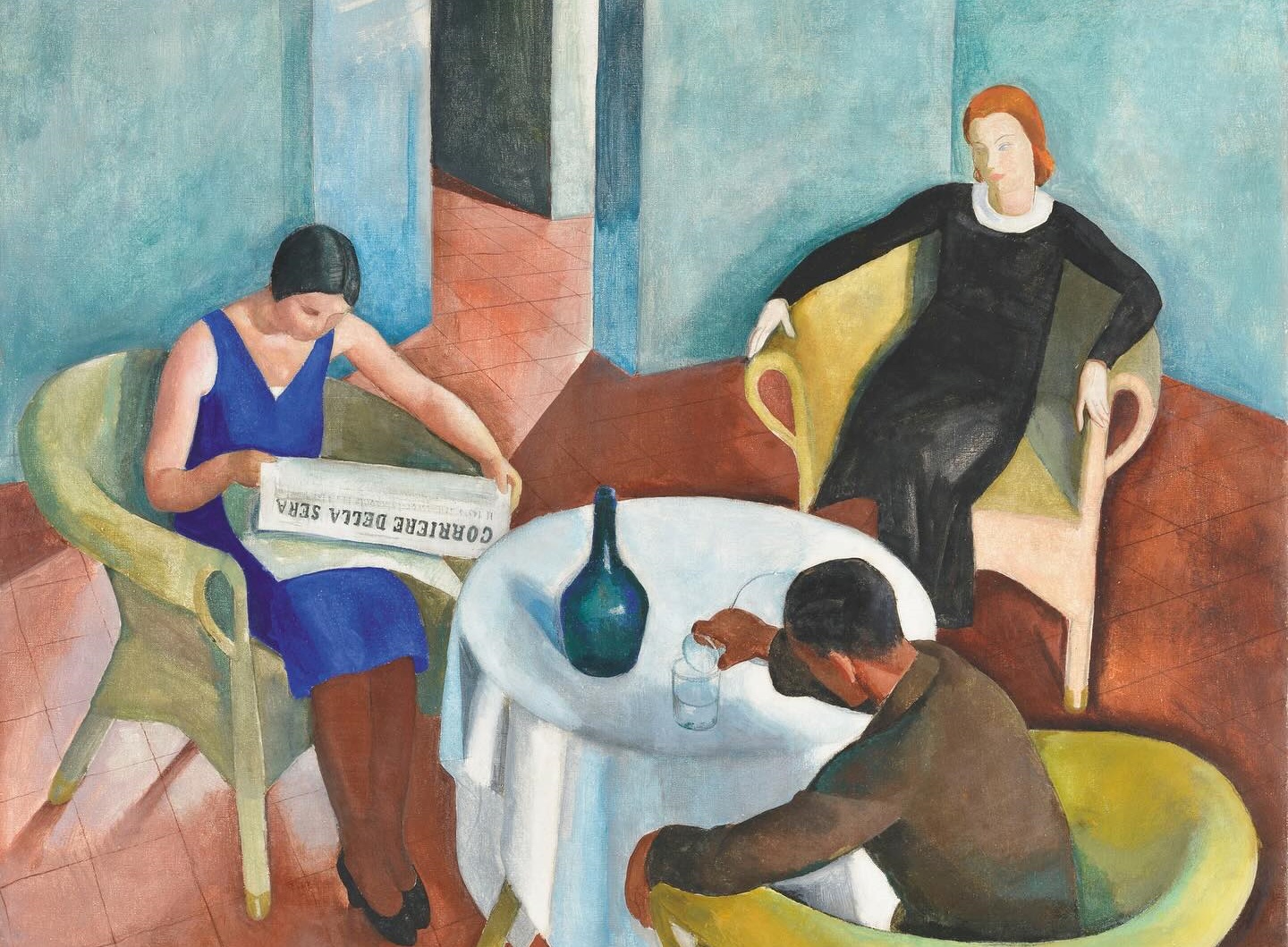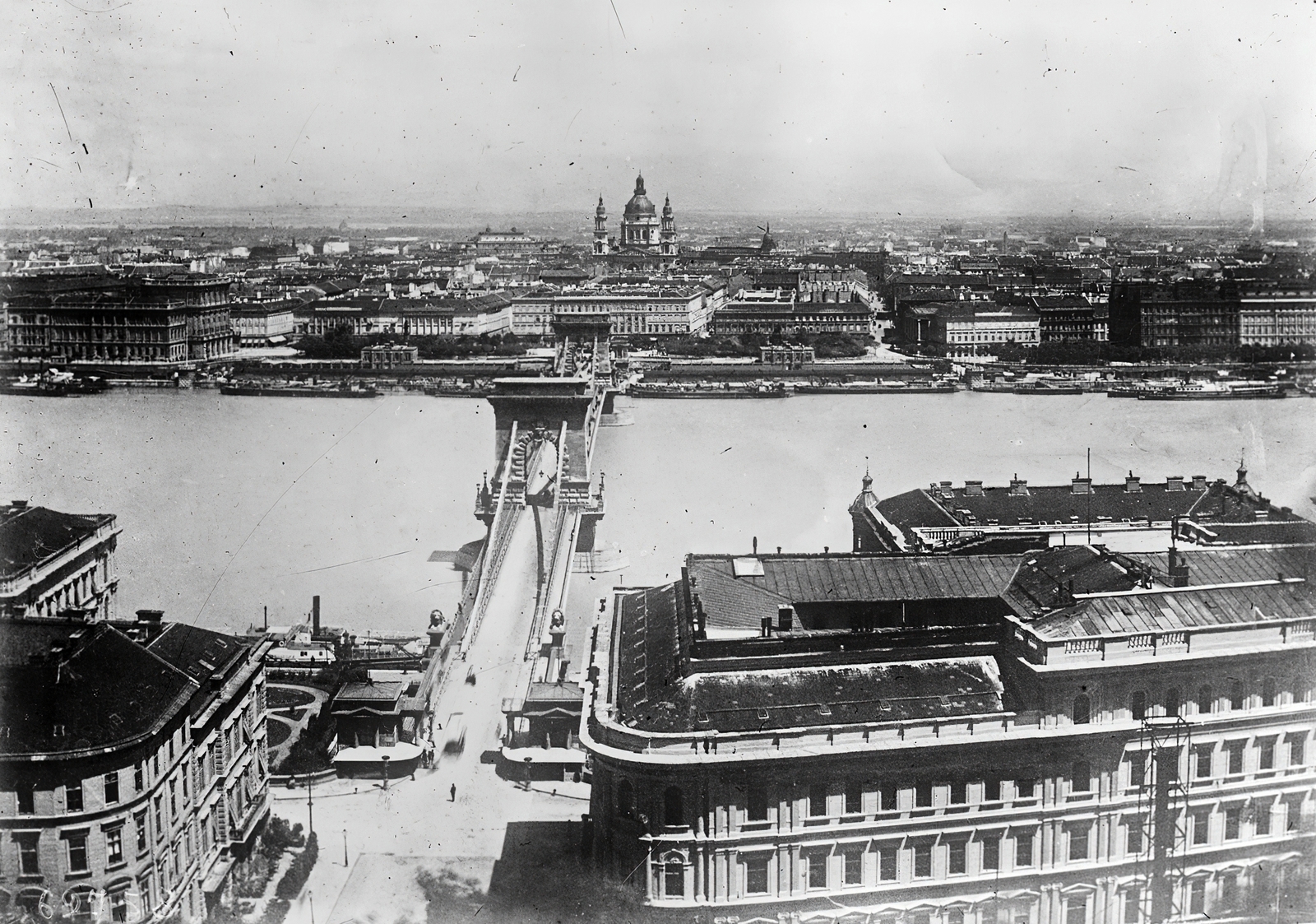
The free exhibition is open until March 28.Continue reading

The exhibition about the Hungarian capital at the turn of the century will be showcased for two more months. Budapest. The first golden age is on display at the Hungarian National Gallery (MNG) until April 7, the institution announced in a statement.
The photo exhibition opened last November to celebrate Budapest’s 150th birthday. The exhibition of more than 100 works, organized in cooperation with the Fortepan digital photo archive, shows the period of Budapest’s heyday as one of the world’s most dynamically developing cities at the turn of the 19th and 20th centuries.
Fortepan has found negatives of Budapest city photographs by the German postcard company Brück & Sohn in the collection of the Deutsche Fotothek in Dresden, which are unknown in Hungary, and
the exhibition presents a selection of these photographs.

View from Buda Castle towards Clark Adam Square, the Chain Bridge, and St. Stephen’s Basilica. Photo via Fortepan/Francia Nemzeti Könyvtár
For the first time, the public can see Budapest city photographs taken between 1903 and 1912, depicting the most attractive sites of the turn-of-the-century capital, with numerous iconic buildings. The postcard photographs are complemented by the work of Frigyes Schoch, a wealthy Budapest builder and amateur photographer who captured the young metropolis in unique three-dimensional photographs.
The images of Frigyes Schoch show Budapest as it matures into a cosmopolitan city from a private perspective,
the statement of the gallery emphasized.

Budapest in 1906. Photo via Fortepan/Deutsche Fotothek / Brück und Sohn
Via MTI; Featured image via Facebook/Magyar Nemzeti Galéria, Hungarian National Gallery